The Household Self- injectable Devices Market is expected to register a CAGR of 5% from 2025 to 2031, with a market size expanding from US$ XX million in 2024 to US$ XX Million by 2031.
The report is segmented by Product type (Pen injectors, Autoinjectors, Wearable Injectors). Also, the report is segmented based on Usage (Disposable, Reusable). The global analysis is further broken-down at regional level and major countries. The report offers the value in USD for the above analysis and segments.
Purpose of the Report
The report Household Self- injectable Devices Market by The Insight Partners aims to describe the present landscape and future growth, top driving factors, challenges, and opportunities. This will provide insights to various business stakeholders, such as:
- Technology Providers/Manufacturers: To understand the evolving market dynamics and know the potential growth opportunities, enabling them to make informed strategic decisions.
- Investors: To conduct a comprehensive trend analysis regarding the market growth rate, market financial projections, and opportunities that exist across the value chain.
- Regulatory bodies: To regulate policies and police activities in the market with the aim of minimizing abuse, preserving investor trust and confidence, and upholding the integrity and stability of the market.
Household Self- injectable Devices Market Segmentation
Product type
- Pen injectors
- Autoinjectors
- Wearable Injectors
Usage
- Disposable
- Reusable
You will get customization on any report - free of charge - including parts of this report, or country-level analysis, Excel Data pack, as well as avail great offers and discounts for start-ups & universities
Household Self- injectable Devices Market: Strategic Insights
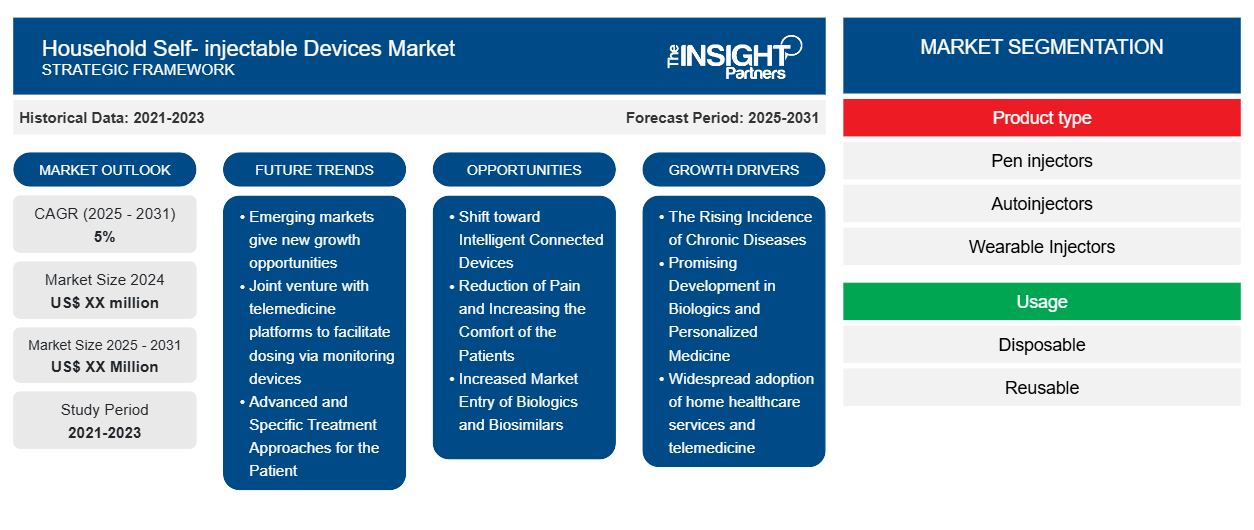
-
Get Top Key Market Trends of this report.This FREE sample will include data analysis, ranging from market trends to estimates and forecasts.
Household Self- injectable Devices Market Growth Drivers
- The Rising Incidence of Chronic Diseases: The main impetus to the growth of the market for home use by patients for self-injectable devices is in chronic diseases such as diabetes, rheumatoid arthritis, and multiple sclerosis. Patients are under long-term therapy and these self-injectable devices offer a convenient and economical mode of drug delivery.
- Promising Development in Biologics and Personalized Medicine: Most biologic medications in treating various autoimmune disorders, cancers, and skin conditions need to be injected regularly. Considering the facts that treatment methods have become more complex and there is a growing patients' preference for 'bedside' injectables, self-injection devices have helped in ensuring the easier administration of such biologic agents and added convenience, comfort, and quality of life to the patients, thereby saving the in-clinic biological infusion costs.
- Widespread adoption of home healthcare services and telemedicine: The market for household self-injectable devices is positively impacted by the growth of home healthcare and telemedicine. Patients are increasingly coming up with the need to take care of their health themselves; therefore, this sort of device that enables self-injection is excellent for economy as well as for convenience and independence. Telemedicine also is becoming popular among healthcare professionals to monitor the patients even when they cannot be present. It assists patients in carrying out self-injections with the help of virtual consultation. The growing home-care trend brings immense opportunities for selling the self-injectable devices.
Household Self- injectable Devices Market Future Trends
- Emerging markets give new growth opportunities: One of the expected growth drivers for the household/self-injectable devices market is the continually improving healthcare infrastructure in most of the developing countries, particularly in the Asia-Pacific and Latin American regions. As the accessibility of healthcare improves and more cases of chronic illnesses start to occur, there is much need for a proactive approach to care. Self-injectable devices present simple, affordable solutions to patients suffering from chronic illnesses that the companies targeting the countries' markets must address.
- Joint venture with telemedicine platforms to facilitate dosing via monitoring devices: As much as adopting telemedicine changes the dynamics of healthcare, an opportunity for producers of household self-injectable devices to venture into telemedicine in an innovative way creates a new market. For example, the devices can be integrated together with injections which are administered to the patients in their homes and at the same time, they are accorded some level of contact with health care providers in the process, where they offer support to the patients at the time they are injecting themselves. Such collaboration increases adherence to treatment, leads to better patient outcomes, and increases the addressable market of self-injectable devices for chronic disease conditions that are normally associated with injectable drugs.
- Advanced and Specific Treatment Approaches for the Patient: Personalized medicine has a higher probability of receiving patients' preferences for self-injectable devices. Therefore, there is a high need for devices that facilitate point-of-care dosing and dosing on the go with compatible treatment developed along with further genetic profiling. Self-injection systems can also be customized with the introduction of advanced biologic products and their copies in the market that enable focused therapy, hence creating room for competition in advanced patient-centered medicine.
Household Self- injectable Devices Market Opportunities
- Shift toward Intelligent Connected Devices: One of the prominent trends which the household self-injectable devices industry is facing is the turning of devices into more intelligent and connected. Such devices are equipped with enabled technologies such as bluetooth and mobile applications that allow the patent to manage the time and dosage, set alarms and track the therapy. Communication with health care providers in the process of therapy through sharing information in real time, improves patient’s compliance and treatment overall, especially in the cases of chronic illnesses.
- Reduction of Pain and Increasing the Comfort of the Patients: The other new trend in the self-injectable device market is the designing of devices that are pain eliminating and user centric. Companies have shifted to devices with slender needles, self injection devices, and thoughtful structures in order to ease pain during use. These new designs aim at easing the process of self-injection and promoting adherence especially for sicker patients suffering timeless diseases for which injections go on for long periods, such as diabetes and rheumatoid arthritis.
- Increased Market Entry of Biologics and Biosimilars: The increasing picture integration of innovative self- injectable systems and the biological drug products on the market is one of the key factors motivating the use of household self-injectable devices. Most of this treatment is costly and frequently administered; therefore most of the patients are going for in-house care options. Self injectable devices are useful in relieving such therapies so as to manage biologic treatments from outside a clinic thereby increasing utility of such therapies and bettering patient satisfaction while easing the strain on healthcare delivery systems. The trend therefore provides substantial room for growth.
Household Self- injectable Devices Market Regional Insights
The regional trends and factors influencing the Household Self- injectable Devices Market throughout the forecast period have been thoroughly explained by the analysts at The Insight Partners. This section also discusses Household Self- injectable Devices Market segments and geography across North America, Europe, Asia Pacific, Middle East and Africa, and South and Central America.
Household Self- injectable Devices Market Report Scope
| Report Attribute | Details |
|---|---|
| Market size in 2024 | US$ XX million |
| Market Size by 2031 | US$ XX Million |
| Global CAGR (2025 - 2031) | 5% |
| Historical Data | 2021-2023 |
| Forecast period | 2025-2031 |
| Segments Covered |
By Product type
|
| Regions and Countries Covered |
North America
|
| Market leaders and key company profiles |
|
Household Self- injectable Devices Market Players Density: Understanding Its Impact on Business Dynamics
The Household Self- injectable Devices Market is growing rapidly, driven by increasing end-user demand due to factors such as evolving consumer preferences, technological advancements, and greater awareness of the product's benefits. As demand rises, businesses are expanding their offerings, innovating to meet consumer needs, and capitalizing on emerging trends, which further fuels market growth.
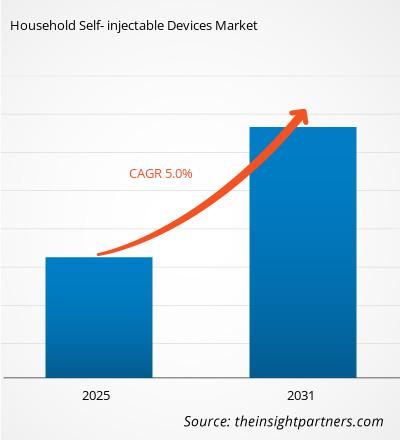
- Get the Household Self- injectable Devices Market top key players overview
Key Selling Points
- Comprehensive Coverage: The report comprehensively covers the analysis of products, services, types, and end users of the Household Self- injectable Devices Market, providing a holistic landscape.
- Expert Analysis: The report is compiled based on the in-depth understanding of industry experts and analysts.
- Up-to-date Information: The report assures business relevance due to its coverage of recent information and data trends.
- Customization Options: This report can be customized to cater to specific client requirements and suit the business strategies aptly.
The research report on the Household Self- injectable Devices Market can, therefore, help spearhead the trail of decoding and understanding the industry scenario and growth prospects. Although there can be a few valid concerns, the overall benefits of this report tend to outweigh the disadvantages.
Frequently Asked Questions
What is the expected CAGR of the Household Self- injectable Devices Market?
What is the year range for the market
Which is the fastest growing region in the market ?
Which players accounted for major market shares in the year 2023?
What are the deliverable formats of the household self- injectable devices market?
Which region of the household self- injectable devices market accounted for the highest market share?
- Historical Analysis (2 Years), Base Year, Forecast (7 Years) with CAGR
- PEST and SWOT Analysis
- Market Size Value / Volume - Global, Regional, Country
- Industry and Competitive Landscape
- Excel Dataset
Recent Reports
Testimonials
Reason to Buy
- Informed Decision-Making
- Understanding Market Dynamics
- Competitive Analysis
- Identifying Emerging Markets
- Customer Insights
- Market Forecasts
- Risk Mitigation
- Boosting Operational Efficiency
- Strategic Planning
- Investment Justification
- Tracking Industry Innovations
- Aligning with Regulatory Trends












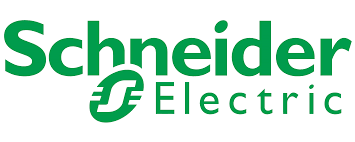


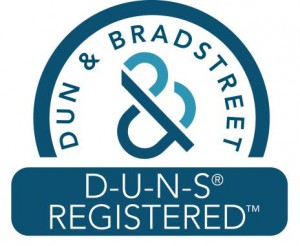
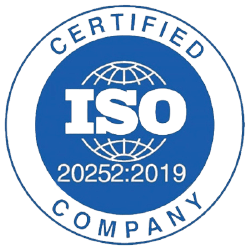
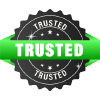



 Get Free Sample For
Get Free Sample For